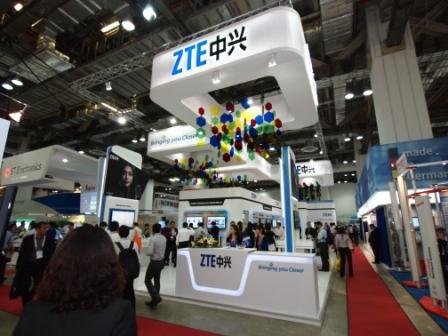Telecom Lead Asia: ZTE, as part of focusing on profitability, is planning to shut down nonviable offices in different telecom markets.
“ZTE will eliminate offices that record loss for a long time with limited prospect of a turnaround. It will also consolidate products that offer little development potential. Exercise headcount control and conduct organizational change is also in the pipeline,” ZTE said in a statement.

ZTE is planning to review its strategies to improve performance in different telecom markets.
The restructuring exercise is line with ZTE’s likely net loss of $279.2 million in the first 9 months of 2012.
The Chinese telecom equipment maker, which is under the scrutiny of the US Intelligence Committee on security issues, will review its strategy on products and operations in different regions.
ZTE will allocate more resources to its terminals business in North America and Europe.
It will proactively pursuing opportunities in the wireless and wired broadband segments in emerging markets including China and Asia Pacific.
In the LTE segment in China, ZTE will monitor the industry development, and seek to participate proactively.
According to ZTE, the path of the development of the 4G industry in China is becoming clearer, with the government indicating it will accelerate the granting of 4G licenses and network construction, while relevant authorities are now reviewing and formulating the allocation of spectrum.
ZTE will raise its level of responsiveness to the internal and external environment in order to adjust its strategy in a timely fashion. The company will put profit at the center of its focus, and be committed to increase the profitability of contracts, and reduce losses on some unprofitable business.
The company will also optimize operational efficiency by reducing selling costs and research and development expenses.
Meanwhile, ZTE said its revenue for the first three quarters of 2012 increased from the same period of 2011.
ZTE’s loss is mainly attributed to four factors: the current global economic and industry trend, the recognition of low-margin contracts in the third quarter, a delay in some projects of overseas clients, and a change in the procurement mode of domestic operators.
In China, a change in the operators’ procurement mode affected the revenue recognition of the company. Simultaneously, the company’s revenue scale decreased significantly because of a change in the structure and cyclicality of investments by operators.
In the international market, overseas operators slowed down their pace of investments because of a weakening global economy. ZTE’s gross profit decreased significantly due to the recognition of some lower-margin contracts in the period. In Africa, where the company was previously able to achieve higher-margin business, the overall market was undergoing a transitional stage, resulting in fewer new contracts.
